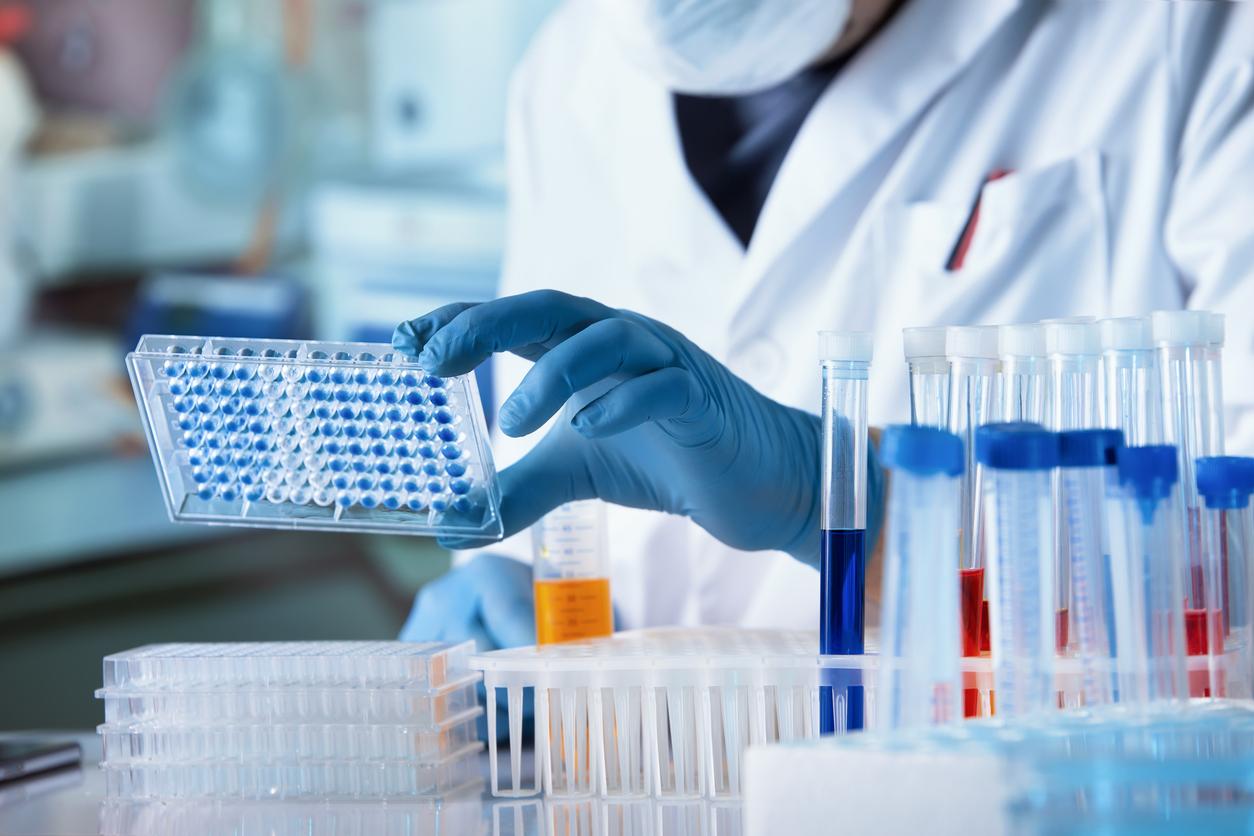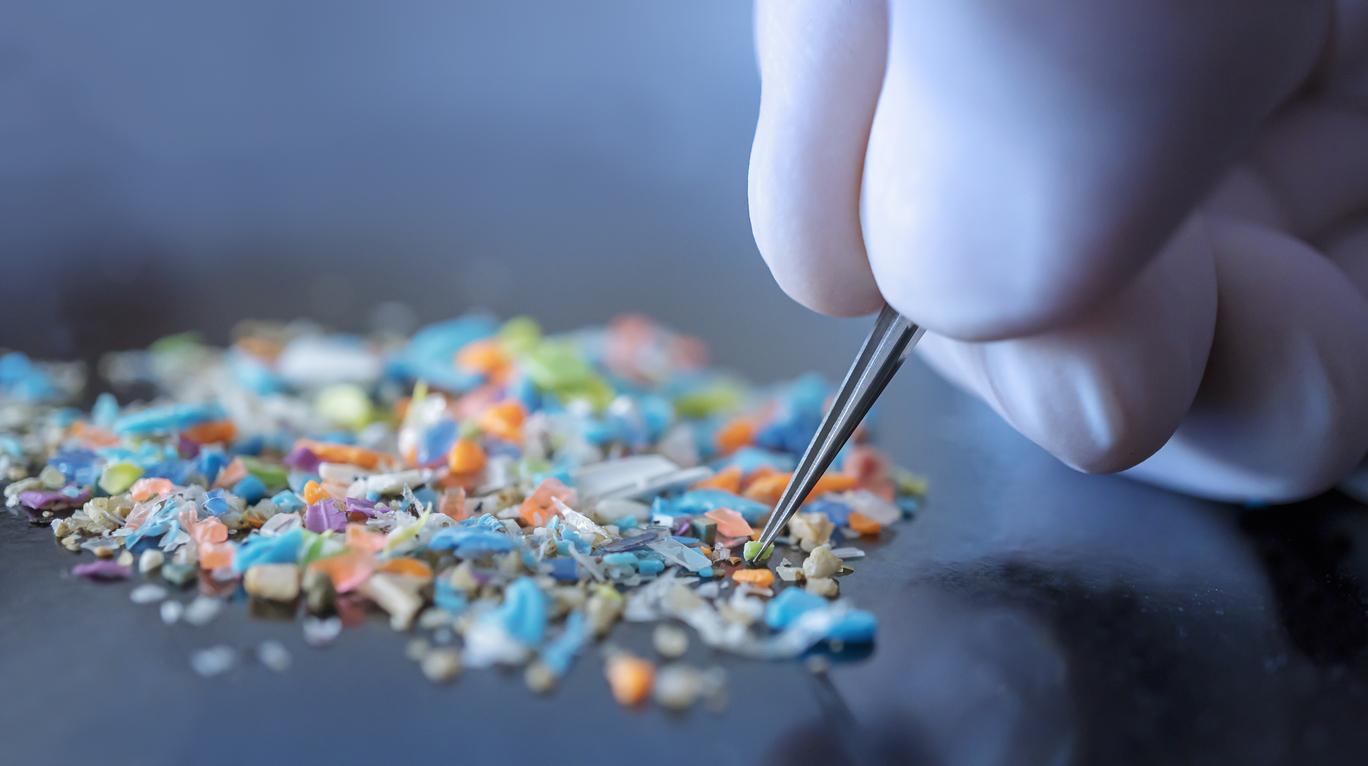The size of the erect penis has increased by 24% over the last thirty years, according to a global study.

- The size of the erect penis has increased by 24% in 30 years.
- The global average was 15.24 cm in 2021.
- The researchers suggest that this development could be linked to exposure to endocrine disruptors.
An erect penis is on average 24% larger today than thirty years ago, according to a study by Stanford University and several Italian establishments published in the journal The World Journal of Men’s Health on February 14, 2023.
But don’t rejoice too quickly, gentlemen! This sharp increase in the size of the male member could be linked to exposure to chemicals such as pesticides.
Penis size: 3 cm extra in 29 years
The researchers compiled data from 75 studies that measured penis size carried out between 1942 and 2021. This represents the measurements of 55,761 men. They found that the average length of an erect member increased from 12.1 cm in 1992 to 15.24 cm in 2021. This represents a 24% increase.
“Given the trends we had observed in other measures of male reproductive health (falling sperm count, lower testosterone levels…Editor’s note), we thought there might be a decrease in the length of the penis. penis due to the same environmental exposures”explains Professor Michael Eisenberg, lead author of the study, interviewed by his Stanford University. “What we found was quite different from trends in other areas of fertility and men’s health”he adds.
Endocrine disruptors involved?
For the researcher, such rapid change is far from good news. “It means that something powerful is happening in our body”, he confirms. The scientist and his team suggest that the lengthening of the penis could be the result of exposure to chemical substances present in pesticides or hygiene products.
“These endocrine-disrupting chemicals – there are a lot of them – exist in our environment and in our diet. As we change our body constitution, it also affects our hormonal milieu”, explains the expert. These substances are already suspected of causing earlier puberty. Which can also affect genital development… and more worryingly, male and reproductive health.
take in account the “Important implications of genital development for urinary and reproductive function”the team plans to conduct additional studies to better understand the phenomenon.

















